Archana Mathur
A Granger-Causal Perspective on Gradient Descent with Application to Pruning
Dec 04, 2024



Abstract:Stochastic Gradient Descent (SGD) is the main approach to optimizing neural networks. Several generalization properties of deep networks, such as convergence to a flatter minima, are believed to arise from SGD. This article explores the causality aspect of gradient descent. Specifically, we show that the gradient descent procedure has an implicit granger-causal relationship between the reduction in loss and a change in parameters. By suitable modifications, we make this causal relationship explicit. A causal approach to gradient descent has many significant applications which allow greater control. In this article, we illustrate the significance of the causal approach using the application of Pruning. The causal approach to pruning has several interesting properties - (i) We observe a phase shift as the percentage of pruned parameters increase. Such phase shift is indicative of an optimal pruning strategy. (ii) After pruning, we see that minima becomes "flatter", explaining the increase in accuracy after pruning weights.
DeliverAI: Reinforcement Learning Based Distributed Path-Sharing Network for Food Deliveries
Nov 03, 2023



Abstract:Delivery of items from the producer to the consumer has experienced significant growth over the past decade and has been greatly fueled by the recent pandemic. Amazon Fresh, Shopify, UberEats, InstaCart, and DoorDash are rapidly growing and are sharing the same business model of consumer items or food delivery. Existing food delivery methods are sub-optimal because each delivery is individually optimized to go directly from the producer to the consumer via the shortest time path. We observe a significant scope for reducing the costs associated with completing deliveries under the current model. We model our food delivery problem as a multi-objective optimization, where consumer satisfaction and delivery costs, both, need to be optimized. Taking inspiration from the success of ride-sharing in the taxi industry, we propose DeliverAI - a reinforcement learning-based path-sharing algorithm. Unlike previous attempts for path-sharing, DeliverAI can provide real-time, time-efficient decision-making using a Reinforcement learning-enabled agent system. Our novel agent interaction scheme leverages path-sharing among deliveries to reduce the total distance traveled while keeping the delivery completion time under check. We generate and test our methodology vigorously on a simulation setup using real data from the city of Chicago. Our results show that DeliverAI can reduce the delivery fleet size by 12\%, the distance traveled by 13%, and achieve 50% higher fleet utilization compared to the baselines.
To prune or not to prune : A chaos-causality approach to principled pruning of dense neural networks
Aug 19, 2023Abstract:Reducing the size of a neural network (pruning) by removing weights without impacting its performance is an important problem for resource-constrained devices. In the past, pruning was typically accomplished by ranking or penalizing weights based on criteria like magnitude and removing low-ranked weights before retraining the remaining ones. Pruning strategies may also involve removing neurons from the network in order to achieve the desired reduction in network size. We formulate pruning as an optimization problem with the objective of minimizing misclassifications by selecting specific weights. To accomplish this, we have introduced the concept of chaos in learning (Lyapunov exponents) via weight updates and exploiting causality to identify the causal weights responsible for misclassification. Such a pruned network maintains the original performance and retains feature explainability.
Evolution of Novel Activation Functions in Neural Network Training with Applications to Classification of Exoplanets
Jun 01, 2019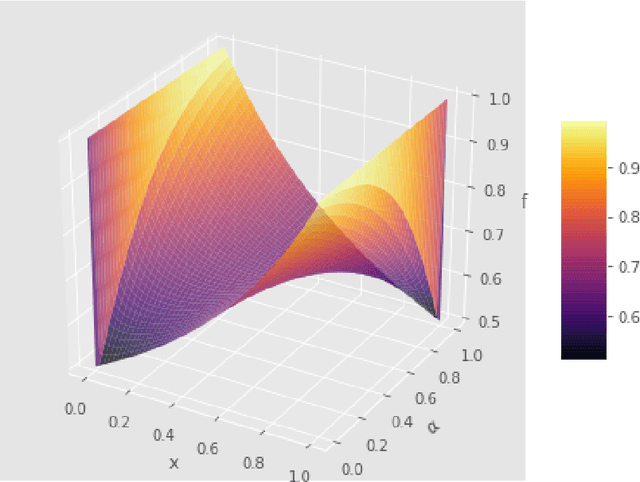

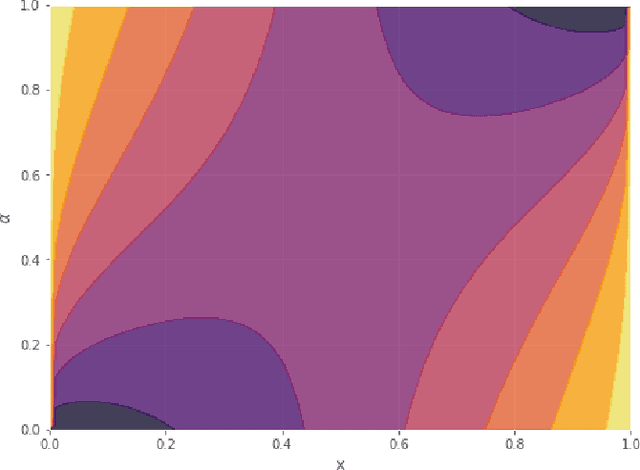
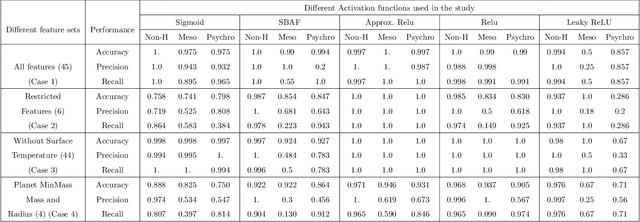
Abstract:We present analytical exploration of novel activation functions as consequence of integration of several ideas leading to implementation and subsequent use in habitability classification of exoplanets. Neural networks, although a powerful engine in supervised methods, often require expensive tuning efforts for optimized performance. Habitability classes are hard to discriminate, especially when attributes used as hard markers of separation are removed from the data set. The solution is approached from the point of investigating analytical properties of the proposed activation functions. The theory of ordinary differential equations and fixed point are exploited to justify the "lack of tuning efforts" to achieve optimal performance compared to traditional activation functions. Additionally, the relationship between the proposed activation functions and the more popular ones is established through extensive analytical and empirical evidence. Finally, the activation functions have been implemented in plain vanilla feed-forward neural network to classify exoplanets.
SBAF: A New Activation Function for Artificial Neural Net based Habitability Classification
Jun 06, 2018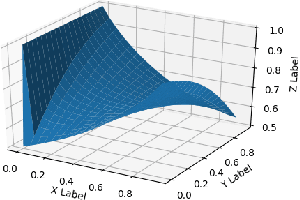
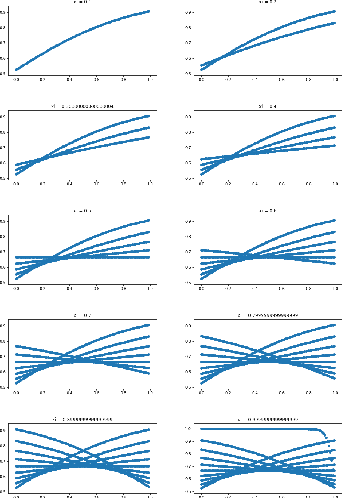
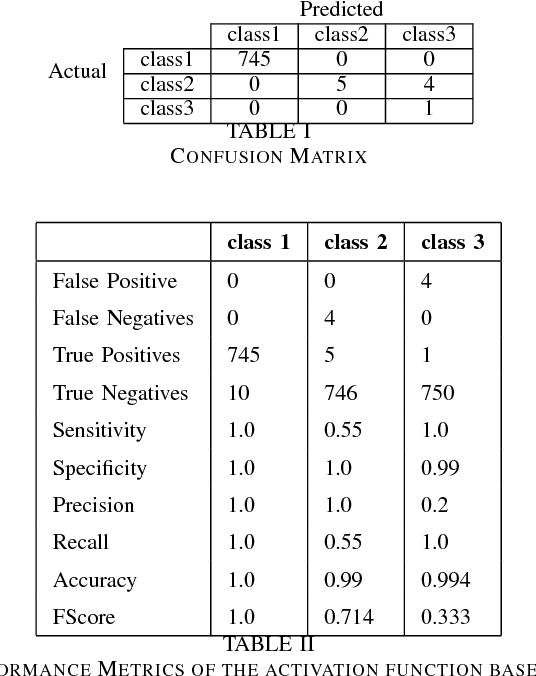
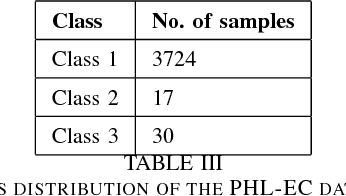
Abstract:We explore the efficacy of using a novel activation function in Artificial Neural Networks (ANN) in characterizing exoplanets into different classes. We call this Saha-Bora Activation Function (SBAF) as the motivation is derived from long standing understanding of using advanced calculus in modeling habitability score of Exoplanets. The function is demonstrated to possess nice analytical properties and doesn't seem to suffer from local oscillation problems. The manuscript presents the analytical properties of the activation function and the architecture implemented on the function. Keywords: Astroinformatics, Machine Learning, Exoplanets, ANN, Activation Function.
 Add to Chrome
Add to Chrome Add to Firefox
Add to Firefox Add to Edge
Add to Edge